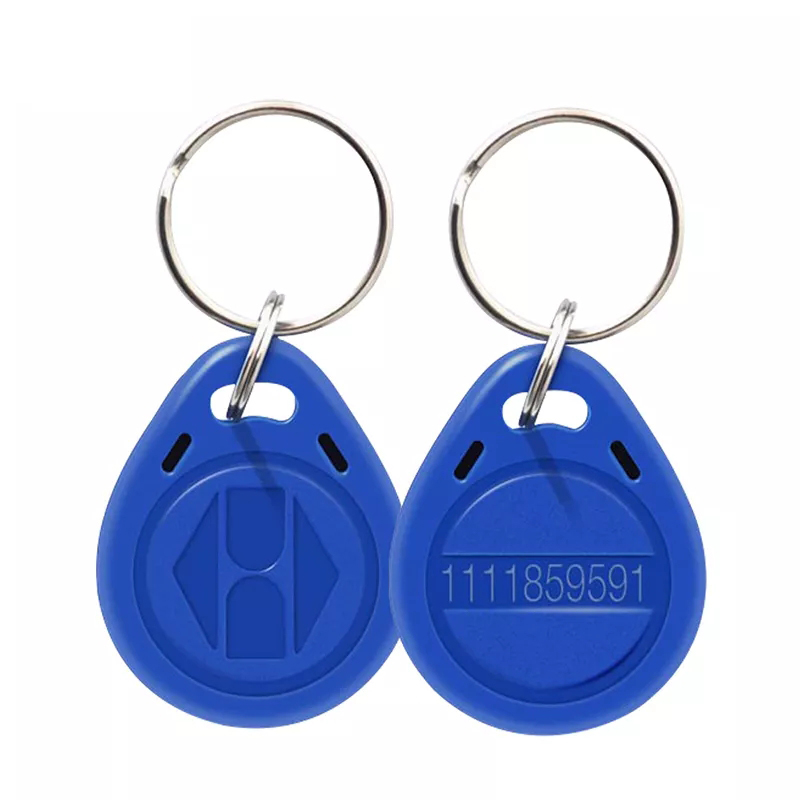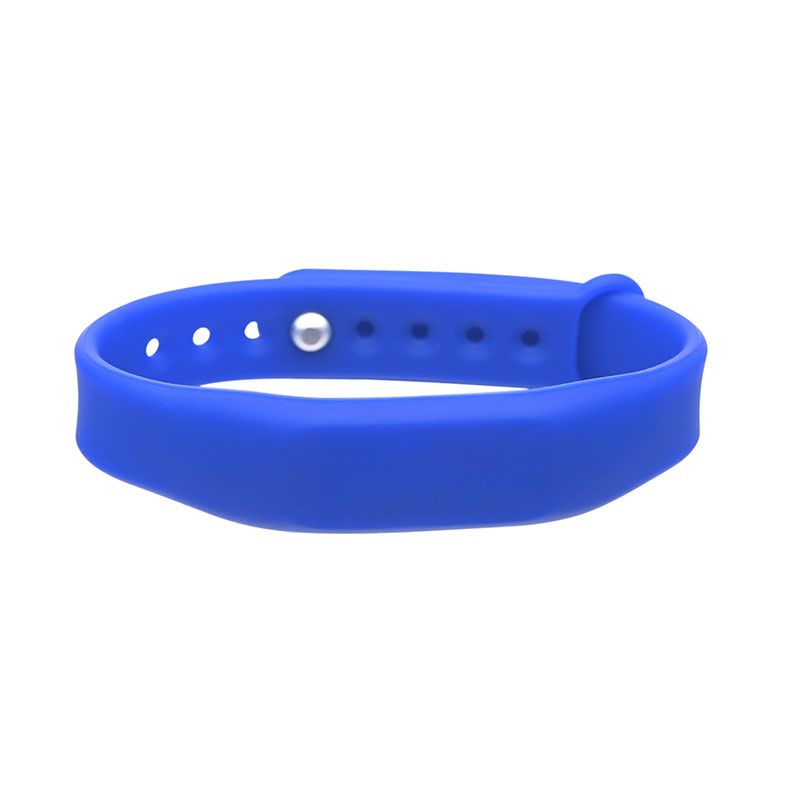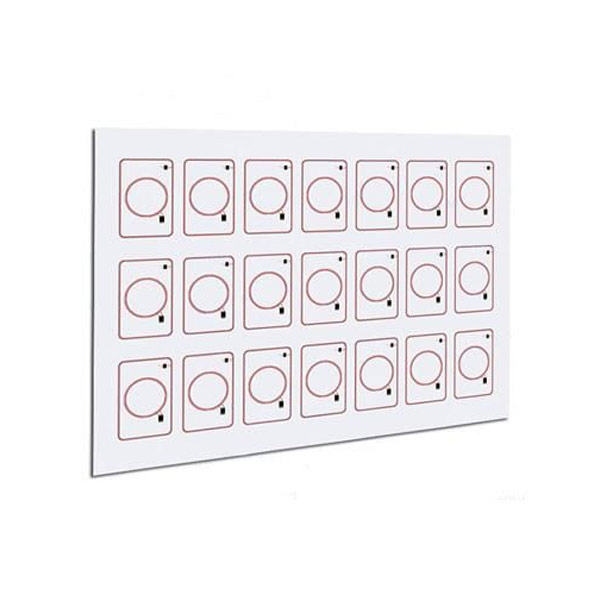Cards are broadly divided into three categories, namely common cards, smart cards and electronic tags (RFID).

There are more kinds of card names, generally named directly by the end user, such as: VIP card, membership card, discount card, discount card, gold card, silver card, Internet card, recharge card, scratch card, telecom card, annual calendar card, points card, game card, telephone card, payment card, medical card, anti-counterfeit card, owner card, parking card, medical card, portrait card, IC card, ID card, induction card, access control card, radio frequency card, M1 card, Contact IC cards, non-contact IC cards, transparent cards, frosted cards, matte cards, barcode cards, magnetic stripe cards, smart cards, electronic tags (RFID), etc. The film material of the cards is usually PVC, but also PET, PP, ABS, etc.
● Production process
(1) Determining the file
The first step in card design is to understand that the standard card specification is 85.554mm and the design specification is 88.557mm, because the additional 3mm of length and width is the bleeding bit, which will be punched out in the production process.
The file format commonly used are: cdr, AI, psd, pdf, eps, tif, etc., mode: C, M, Y, K, picture resolution of 300dpi or more is preferred.
(2) Film output
When the card file is finalised, the next step is to output the printed film. In the film output, cards with a small number of copies are generally put together with other cards with a small number of copies, i.e. collage printing. For cards with a large number of pages, the pages are usually copied into 25 before outputting the film, i.e. special edition printing.
(3) Printing
Printing is usually divided into screen printing, offset printing, silk screen and offset printing.
Silk-screen printing: single-colour composition and less colour variety or with gold or silver pages will generally choose silk-screen printing, silk-screen printing is the manual deployment of ink according to the colour values of the design file, the use of silk-screen manual (or screen printing machine) on the film surface of a printing method.
Offset printing: For colourful, gradient or graphic design layouts, offset printing is generally chosen. Card offset printing is a type of UV printing directly on the printing press, using a four-colour film and PS plate to print directly on the film surface according to the colour values of your design file.
Silk Screen plus offset: Silk screen plus offset printing is obviously silk screen or offset printing first, then offset or silk screen printing. The choice of silk screen plus offset printing is generally based on the customers effect requirements. The card surface of this printing method will have a fine-grain glitter effect, which will have a certain impact on the clarity of this printing, and the colour difference is relatively difficult to grasp.
(4) Synthesis
Synthesis is the process of fusing the printed film (front and back) together through a laminator (high temperature and pressure), in the synthesis of the thickness of the front and back of the printed film in the middle of the corresponding thickness of the film according to the customers needs, the need for magnetic stripe or add adhesive film is also at this time the magnetic stripe or adhesive film positioned on the film, while using different surfaces of the steel plate to achieve different card surface glossy, matt or frosted surface, etc. The effect is then achieved by using different surfaces of the steel plate to achieve a glossy, matt or frosted surface. After synthesis, the card can be processed for subsequent processes (e.g. screen printing, signature strip printing, UV convex, etc.)
(5) Punching
Punching is the process of processing the printed film into finished cards. Standard cards are generally punched directly into finished cards on high-speed automatic card punching machines, while non-standard cards (or shaped cards) must be made into finished cards by hand on manual punching machines or beer plates.
(6) Subsequent processes for cards
Each end-user has their own needs, usually: gold stamping, silver stamping, barcode, convex code, spray code, flat code, laser code, magnetic writing, anti-counterfeiting, scratch strips, thermal printing, punching, high frequency and so on.





